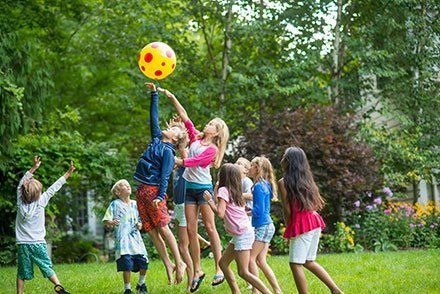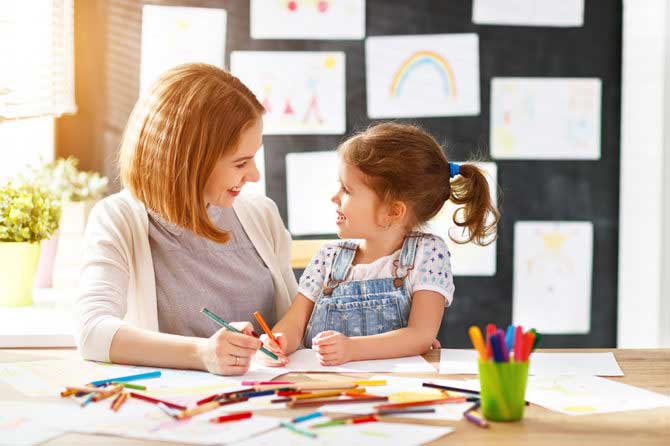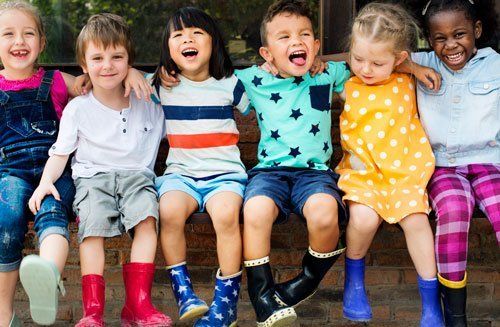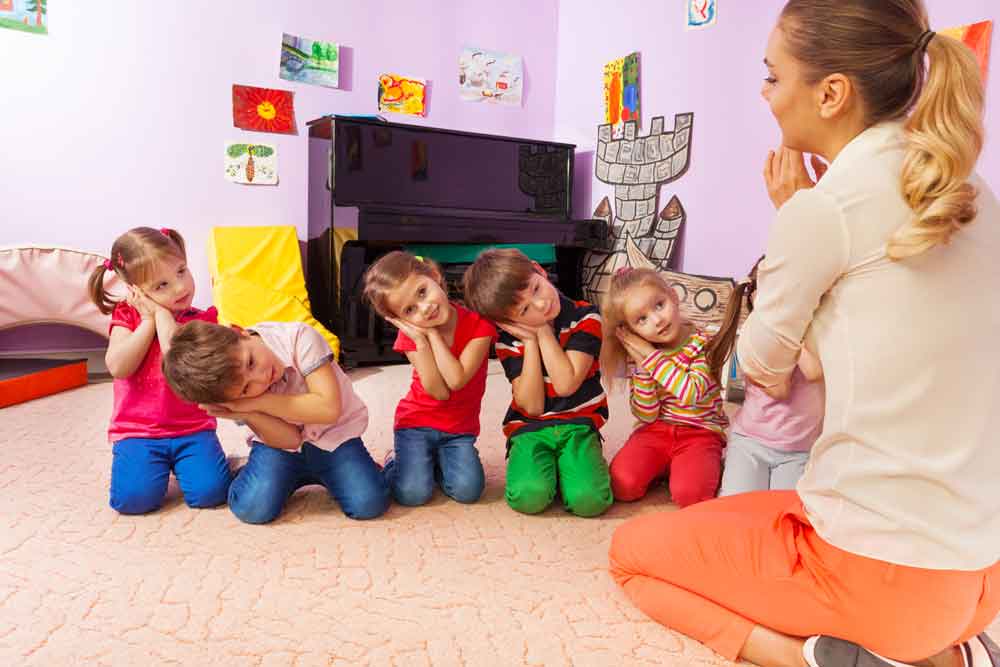Discover What Learning Can Be!
Contact Us Today
Blog Layout
4 Ways To Help Your Child Get Along With Other Children At Preschool
Admin • Sep 22, 2017

Getting ready to send your child to preschool for the first time can be pretty nerve wracking, to say the least. One of the biggest worries you may have is whether your child will get along well with other children.
This is especially true if your child has spent most of his or her time with other adults. You wonder what will happen as your child adjusts to a new environment, surrounded by other children. Will your child make lots of new friends? Or will you hear reports from the teacher that your child isn't getting along with others?
There are several things you can do to prepare your child now to make friends at preschool.
1. Provide Social Opportunities
The more your child practices working and playing with other children, the better his or her transition to preschool will be. Make sure your child has the opportunity to interact with other children at least a few times a week. Your child should interact with other kids in several different environments, not just on his or her own turf.
Some examples include:
• Meeting new friends at a park
• Going to a playgroup activity
• Playing at a friend's house
• Participating in a music class or sports team
• Meeting other kids in the neighborhood
A wide range of social experiences should help your child adjust well to the social aspect of preschool.
2. Correct Behavior When Needed
Preschool-aged children might struggle managing their emotions. If they don't get what they want, they might scream, hit or take things from other children. While these behaviors are normal, that doesn't mean they're okay.
When you see a negative behavior in your child, you can use this opportunity to gently correct him or her. As you do so, make sure you let your child know that you understand his or her feelings. You could say something like, "I know you're mad that Sarah took your toy, but you hurt Sarah when you hit her. Why don't you offer to share your toy with Sarah?" If your child learns correct behaviors now, he or she will have a more enjoyable experience in preschool.
3. Help Your Child Recognize Others' Feelings
Just as you should acknowledge your child's feelings, you should also teach your child to acknowledge other children's feelings.
For example, say your child is swinging and another child is crying while waiting for his or her turn on the swing. You could say something like, "José is sad because he wants a turn on the swings. Remember how hard it was for you to wait for your turn? How about we swing for one more minute and then let José have a turn?"
By learning to recognize other children's feelings, your child will be more empathetic and helpful toward other children.
4. Model Good Behavior
Children learn through imitation better than any other method. If you want your child to get along with other children, you have to show him or her how you get along with other people.
Some things you can model include:
• Saying "please" and "thank you" regularly
• Correcting your child calmly rather than losing your temper
• Being polite and patient with others, even with strangers like store clerks and waiters
You can also teach children about good behavior by reading him or her books about friendship and cooperation.
Following these tips can prepare your child to have a positive relationship with the other children at his or her preschool. The preschool itself should also offer plenty of helpful social opportunities. If you're looking for a great preschool in Louisiana, contact The Learning Centers
today.
BROWSE OUR WEBSITE
BUSINESS INFORMATION
PHONE: 504-366-1962
FAX: 504-227-8473
EMAIL: tplc@bellsouth.net
ADDRESS: 559 Terry Parkway Terrytown, LA 70056
Hours of Operation:
- Mon - Fri
- -
- Sat - Sun
- Closed






VISIT OUR LOCATION
Content, including images, displayed on this website is protected by copyright laws. Downloading, republication, retransmission or reproduction of content on this website is strictly prohibited. Terms of Use
| Privacy Policy



